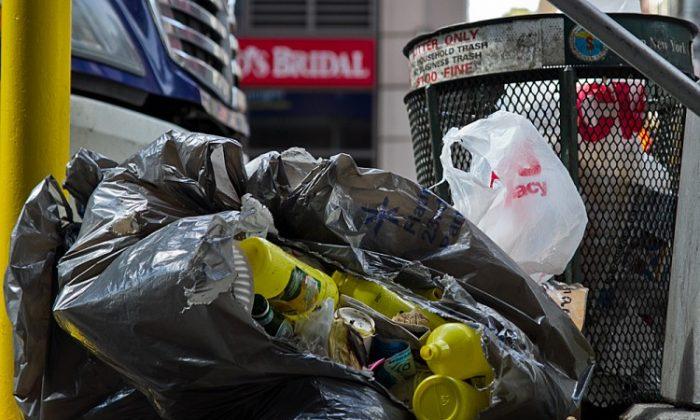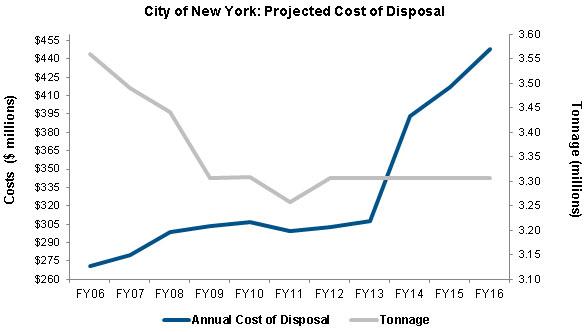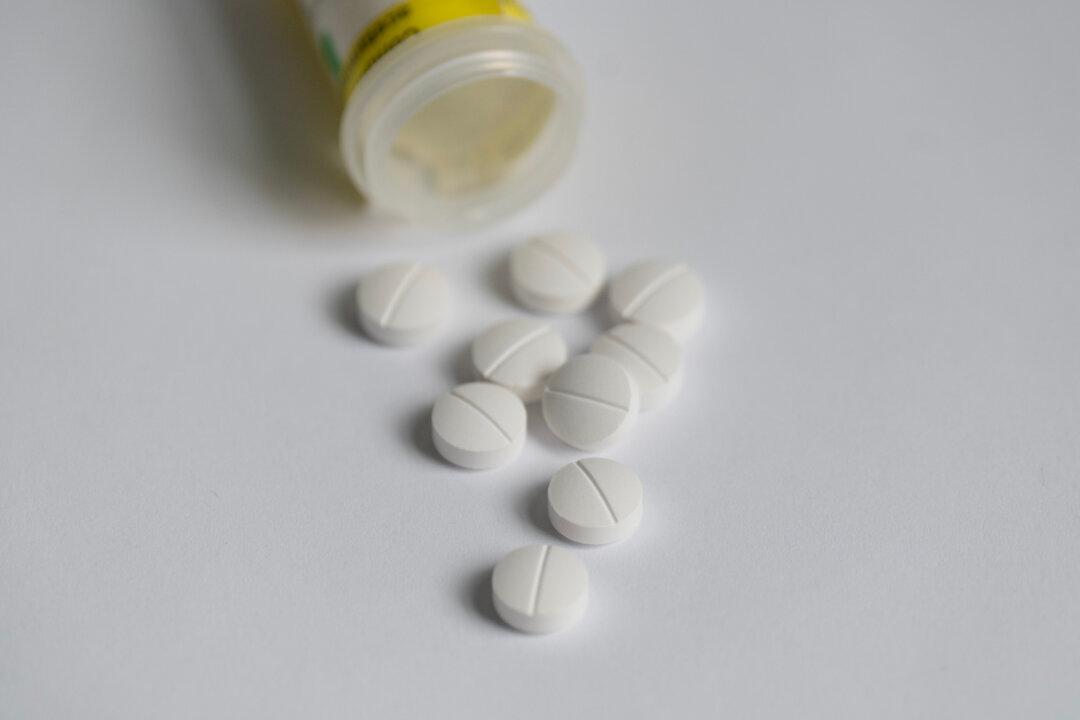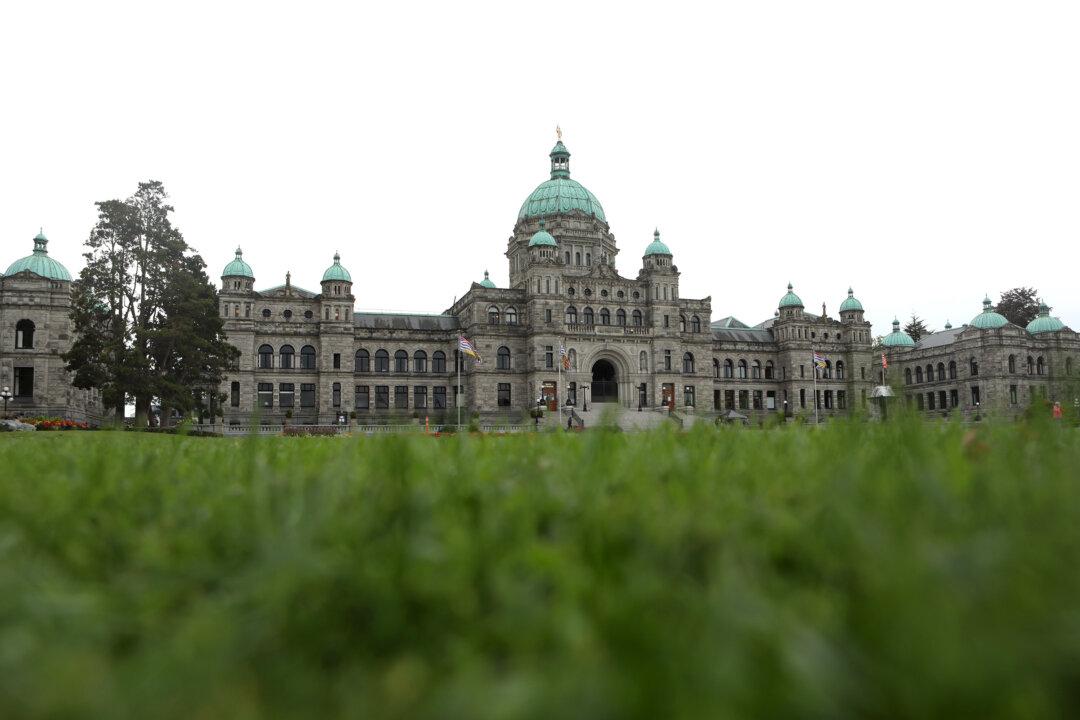NEW YORK—Turning trash into renewable energy sounds like a plan to be celebrated by environmentalists across the city—and it is by some, but others remain wary. The process comes with its own environmental impacts. The city’s preliminary study admits these adverse impacts, but argues that conversion is a boon overall.
The city issued a Request for Proposals (RFP) on March 6 for a new waste conversion facility.
Representatives of interested companies met for an information session at the New York Economic Development Corporation’s office on Monday. At the same time, protesters voiced their concerns on the street outside the building.
The session included a tour of one proposed site—the Fresh Kills landfill on Staten Island—where a protest also amassed. Newtown Creek Alliance reports that two of the proposed sites are on Newtown Creek, which runs along the border between Queens and Brooklyn, although the mayor’s office says no Newtown Creek locations are on the table.
Mayor’s office spokesman Marc LaVorgna said anywhere in New York City or within 80 miles outside of the city is fair game.
“There are stakeholders who are very concerned that the city is looking at this,” said New York City Deputy Mayor of Operations Cas Holloway in February, “because they see it as an effort, perhaps, to bring back what I think everybody recognizes was one of the big failures of the management of waste, which was incineration.”
“We will not consider incineration,” said Holloway.
Submitted plans must use new technology for turning waste into fuel, rather than the traditional incineration method.
Opponents raise a few issues: alternatives to incineration also produce emissions; recycling remains the most environmentally sound way to divert waste and should remain first priority; and a waste-to-energy facility will not be welcome in any neighborhood.
Continued Dedication to Recycling
New York Public Interest Research Group and New York Environmental Justice Alliance say 80 to 90 percent of the municipal solid waste stream can be reused, recycled, or composted. This is their preferred method of diverting waste.
The city’s plan is to increase recycling efforts while testing conversion methods. The overarching goal is to divert 30 percent of the city’s waste from landfills, up from the current 15 percent.
“To get from 15 percent to 30 percent diversion, 10 or 11 points of those 15 points are only going to come if we increase recycling and reuse,” said Holloway. “It’s the tail, not the dog,” he said of conversion.
Marcia Bystryn, president of the New York League of Conservation Voters, said it is “the most environmentally and economically sound way of managing that residual fraction [of waste] that you’re not going to be able to recycle.”
Not in my Backyard
Online publication Staten Island Live published an editorial on Monday titled, “Not Here, They Don’t.” It contested the legality of a garbage treatment facility on Fresh Kills, a landfill no longer in use and slated for conversion into a park.
Former Assemblyman Eric Vitaliano, now a judge, helped write legislation in 1996 that opponents may use to block the site from being used for further garbage disposal.
Vitaliano told Staten Island Live that the 1996 law “was written with the intent and belief that it would make unlawful the use of any real property ever within the footprint of the Fresh Kills landfill for the purpose of receiving or processing garbage after the year 2001.”
The Newtown Creek Alliance also voiced concern about a possible treatment facility on its turf.
Although it is a clean energy facility, rather than a traditional waste treatment plant, it deals with garbage and thus it will smell. The Department of Sanitation’s preliminary study listed odor and dust as expected environmental impacts.










Friends Read Free